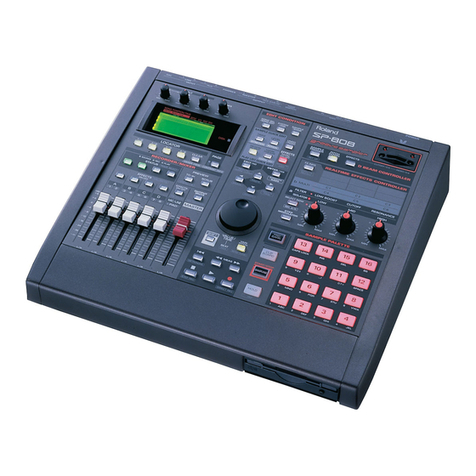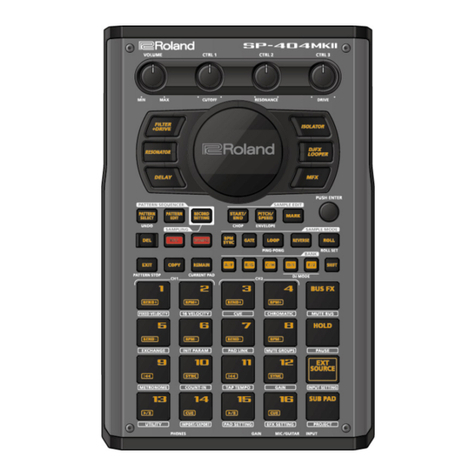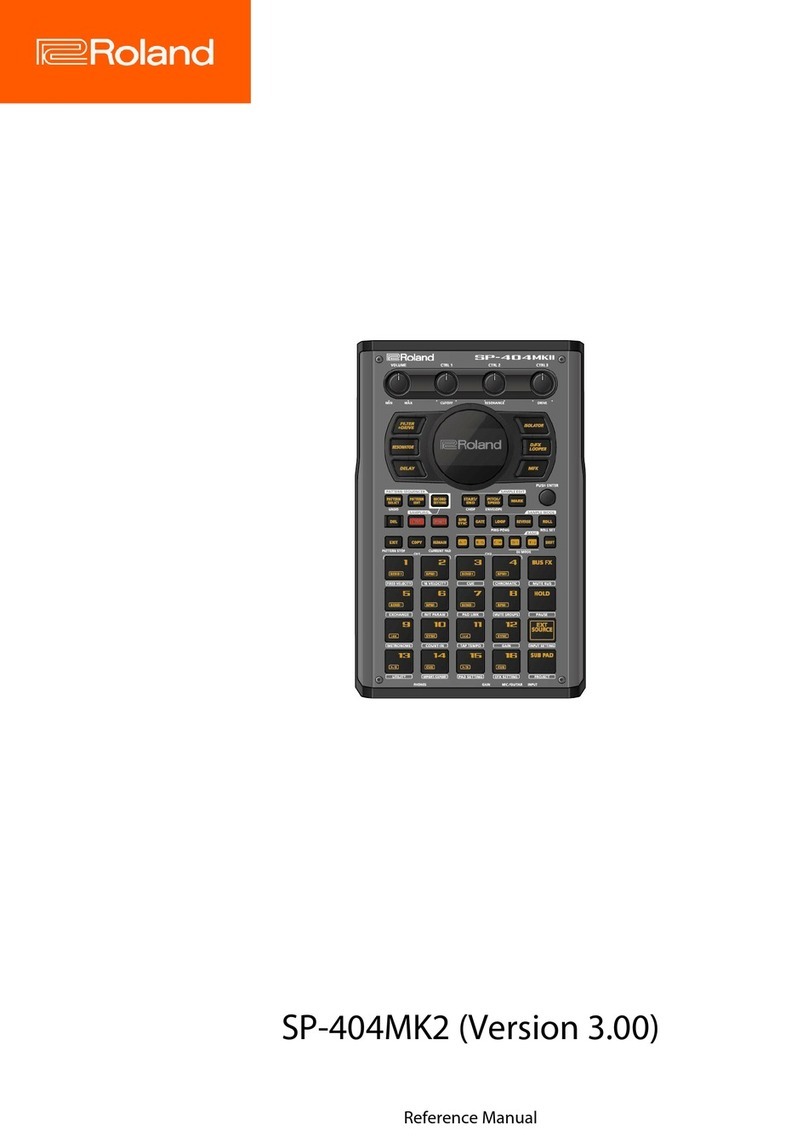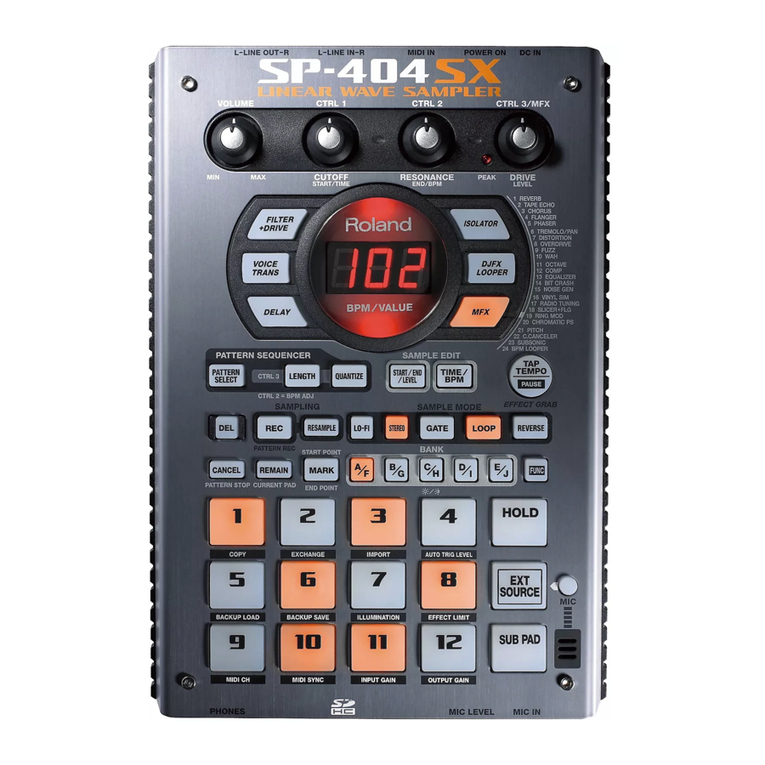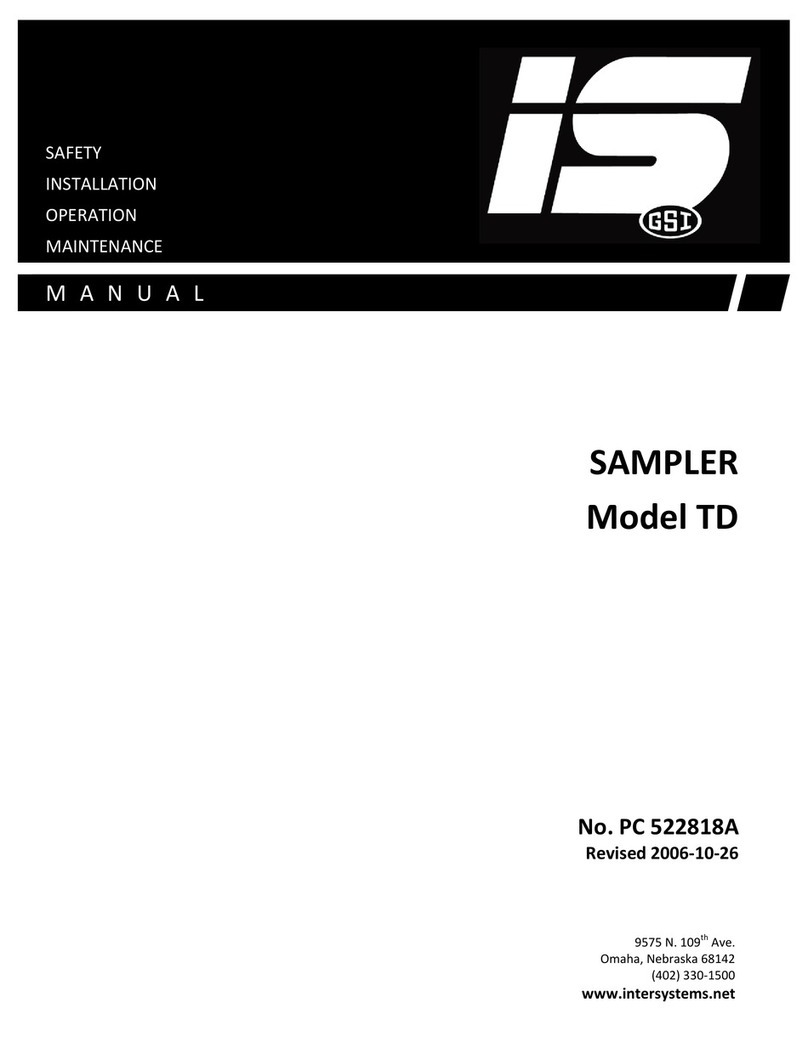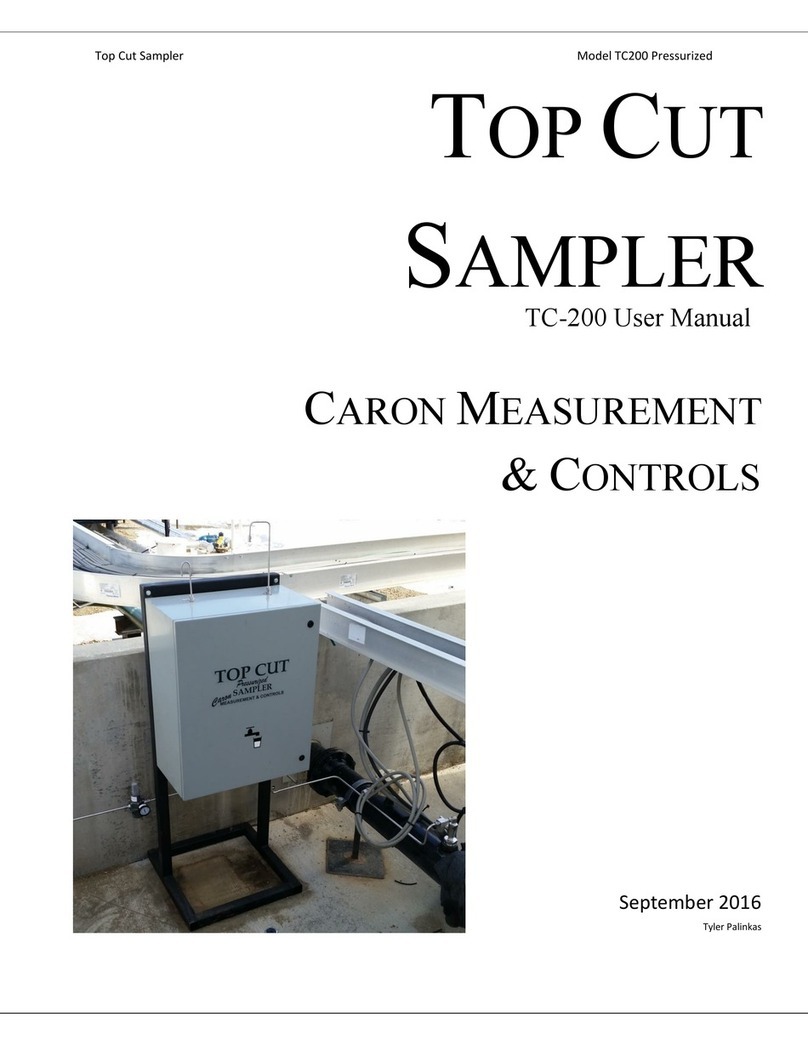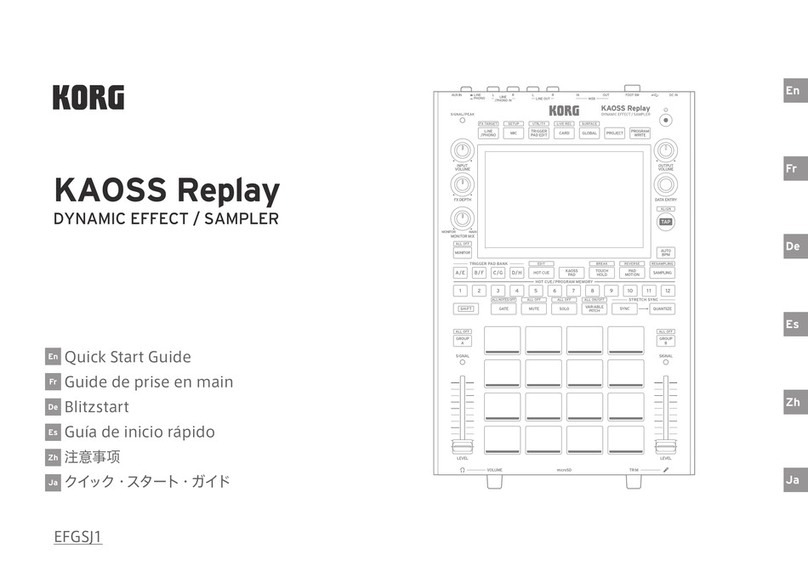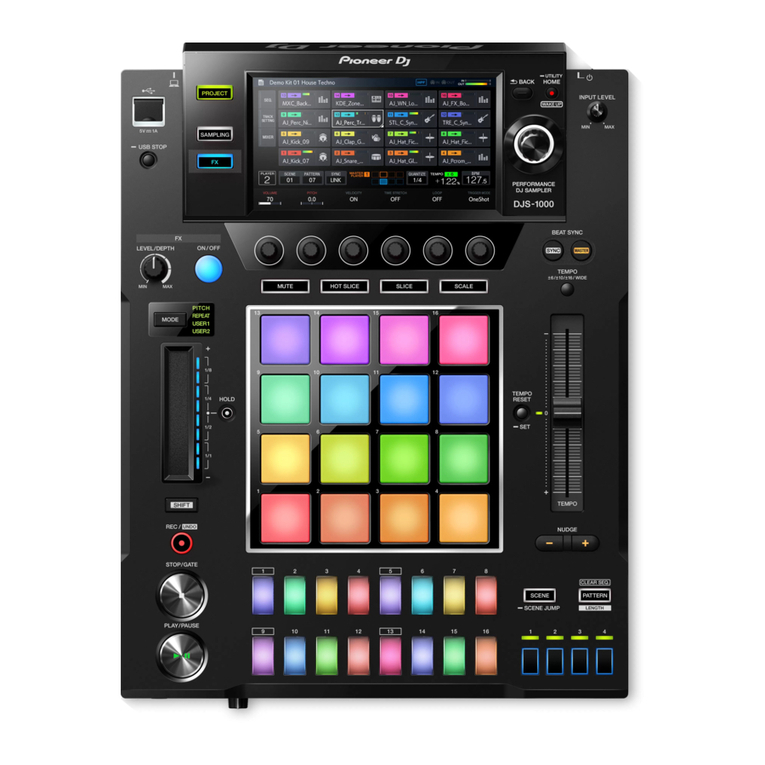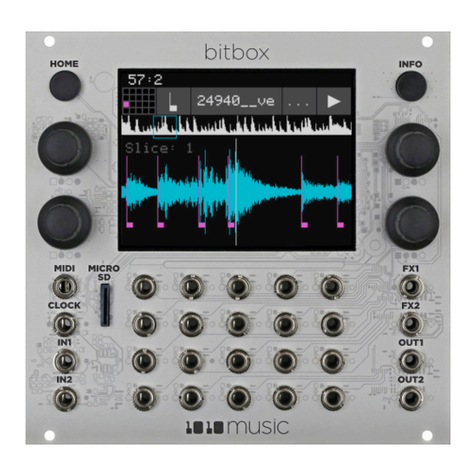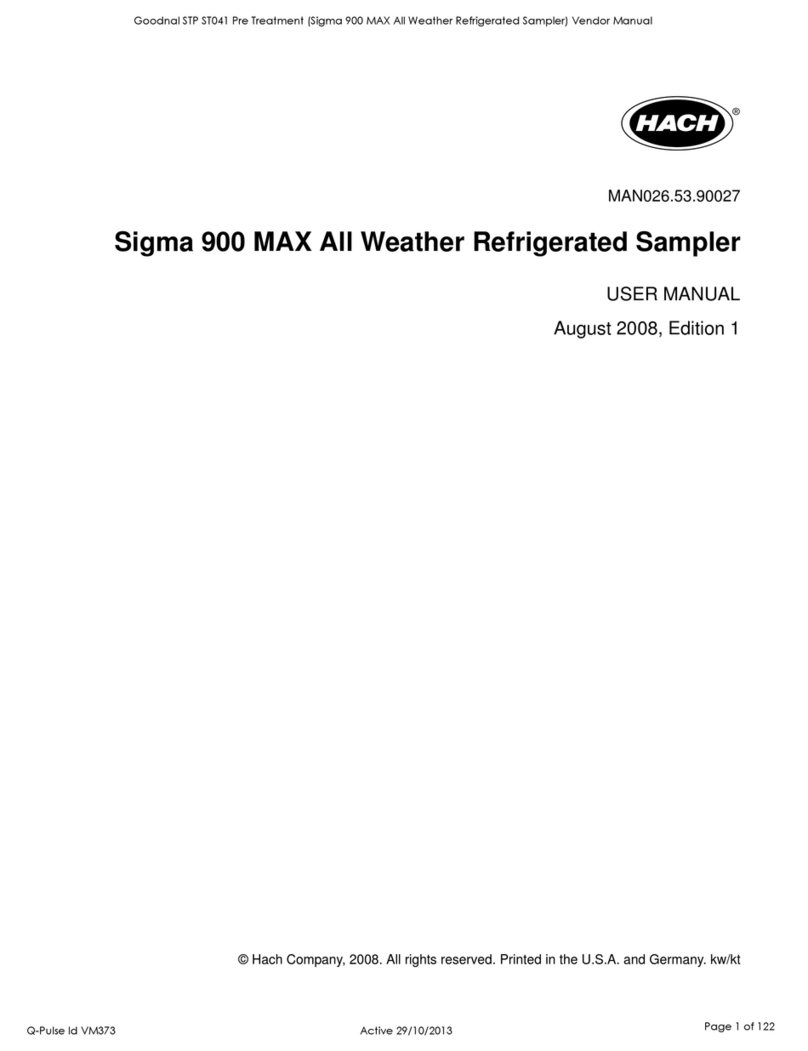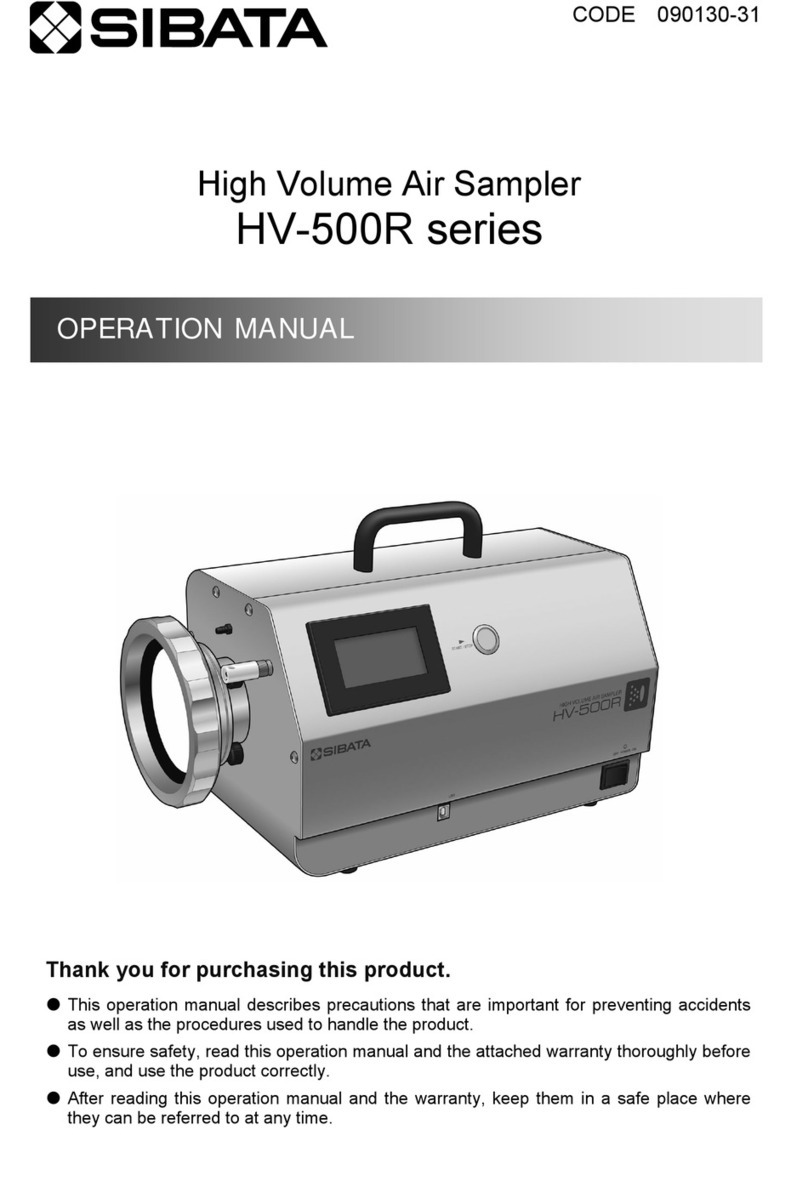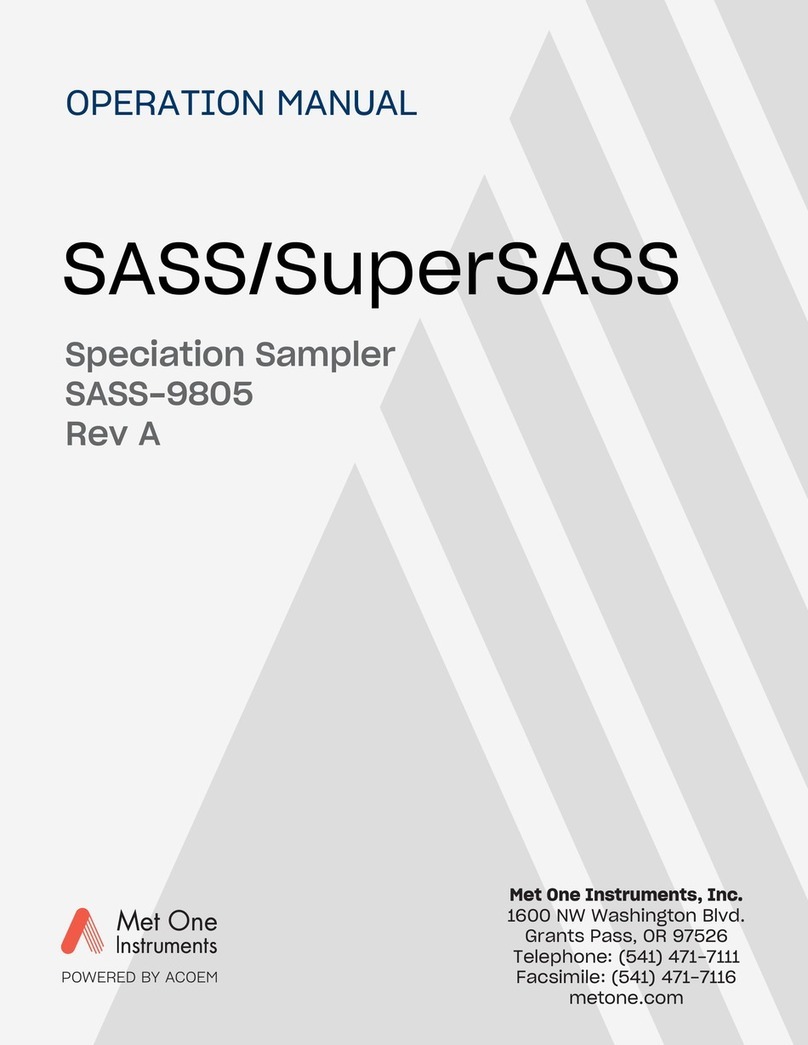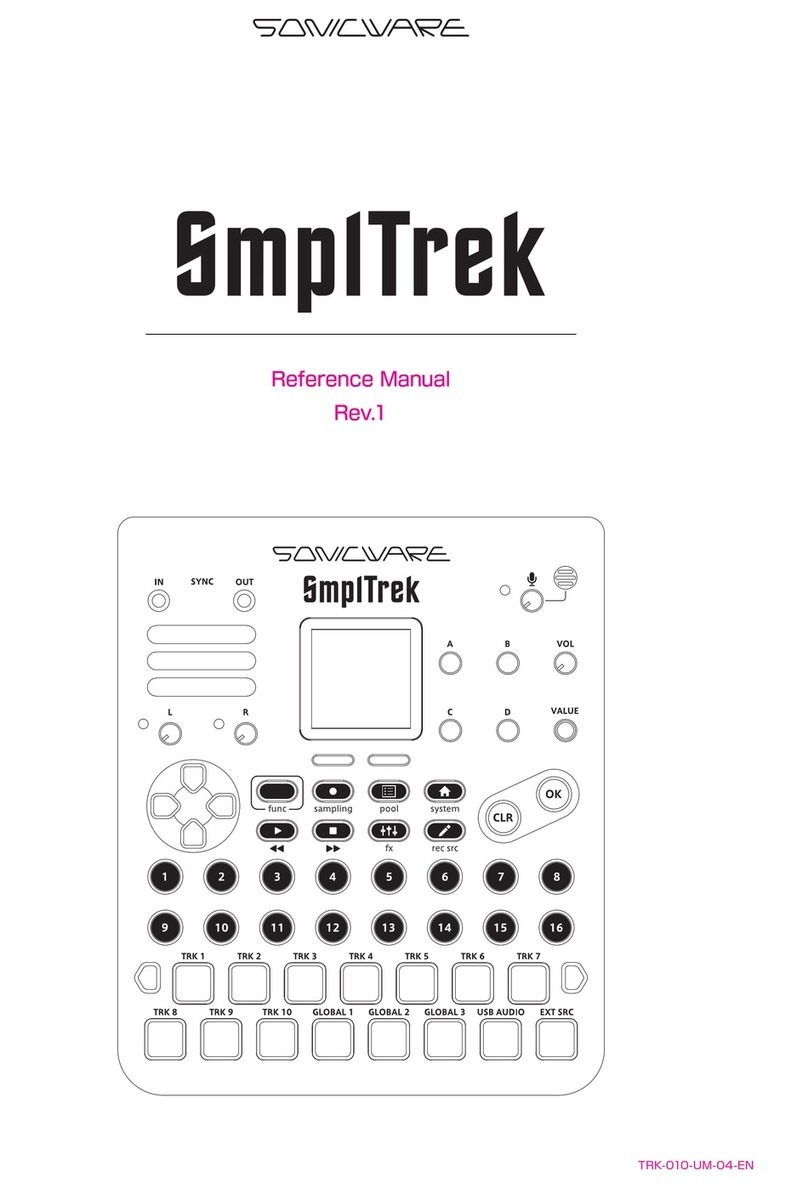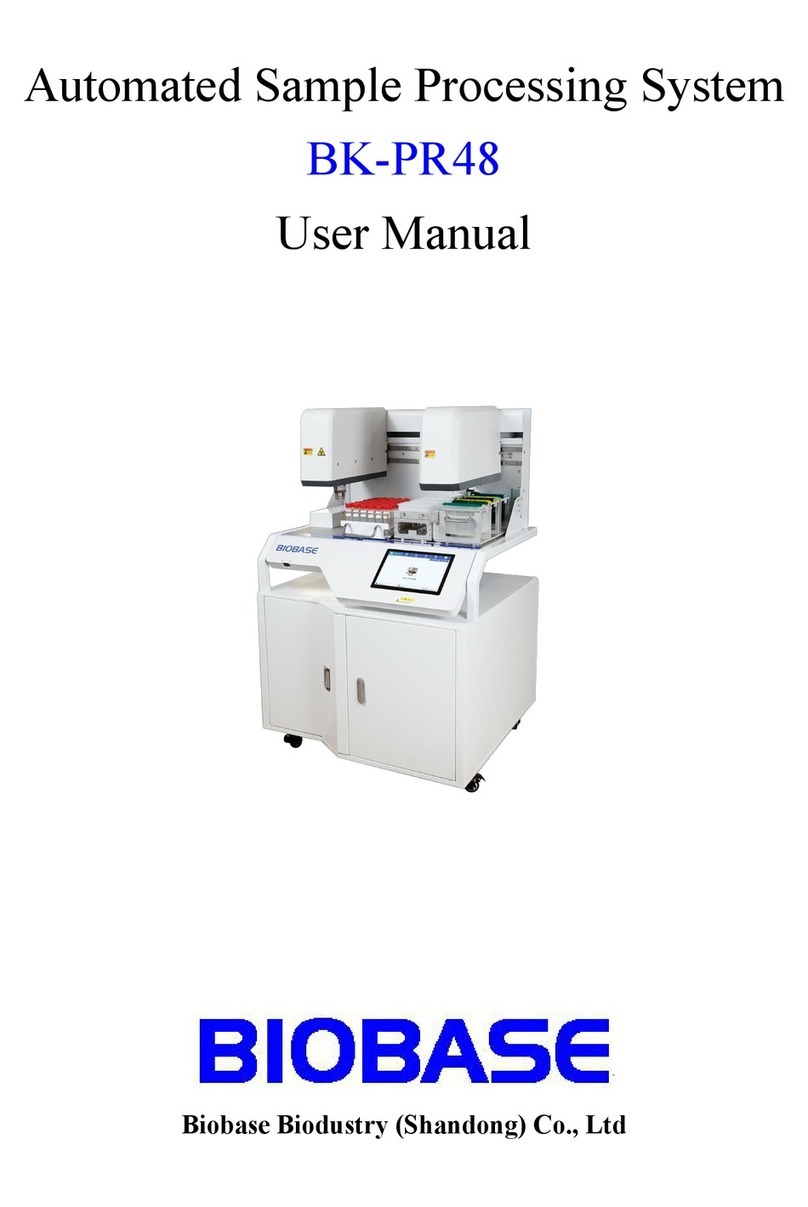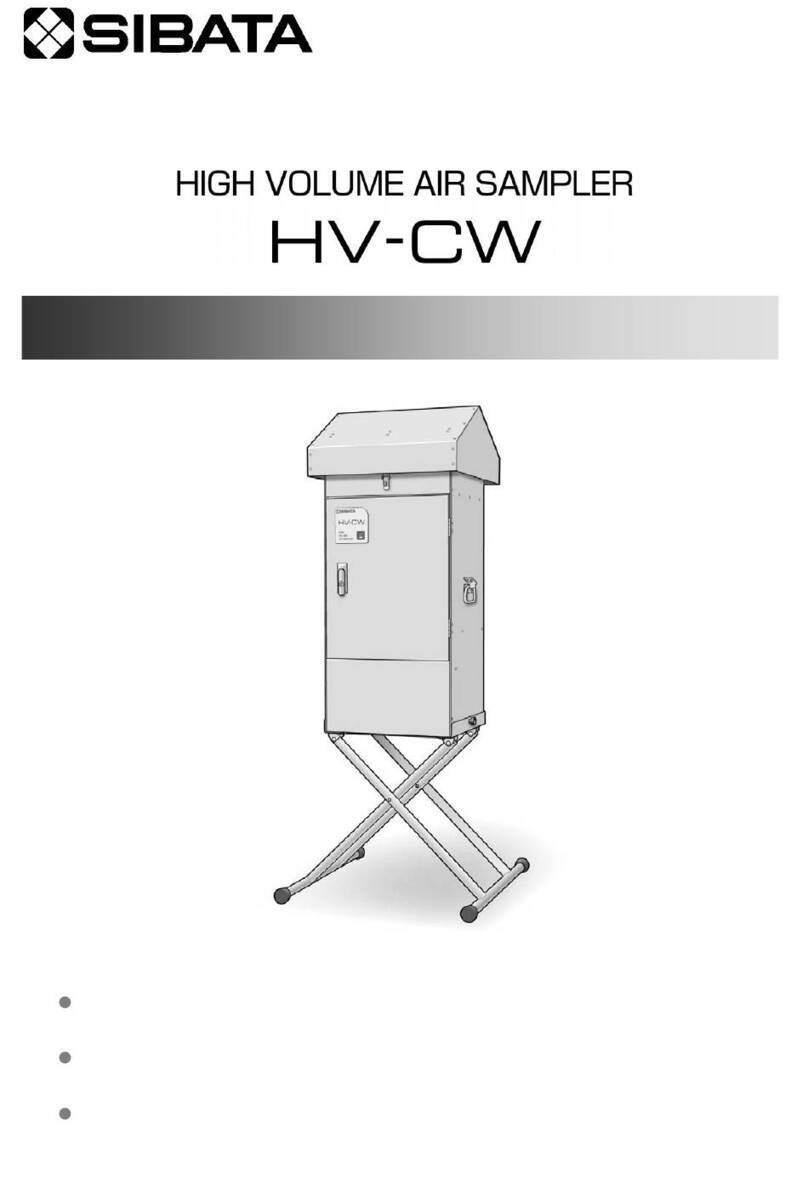
Chapter
8.
Using
a
Memory
Card
.........ccccccssscseneeseceeeeeeeeneeeeeneeseeeessneusensnenuennees
67
Formatting
(Initializing)
a
Memory
Card
......ccccscsccscssessseteseeseeeseesesceseeneseenseseessesesseenenneaseseeseateanenesnennensensaneny
67
Basic
Procedure
for
Card
Utility
Operations...
0c
cece
ees
eseeseetescessscenensseenesnsneeseenenneneenesnsnnenectensatentns
67
Card
Utility
Operations:
¢..iezcccectttaaeesthesecantis
evi
ettetacies
tes
stern
An
ahha
Gace
Re
epee
68
FILE
IMPORT...
é
BLIGE
EX
DPR
Vs
scce
iss
ses
sesdes
so
acca
stes
oaas
havea
vitaisdevvs
snsebvioatssaes
Seeusedscesnsciucaduacadouvoisy
idbeageeqtlpwsbbbneanennsecanmeodieus
69
BACKUP
SA
V
EossiazestascpsecsiesShosiisisecsteasvanhiacaudevsesgnsvantetesslasttaactincensahanseaelh
tabeastlaiageesddendeshedacieelasareeadbenioe
70
BACKUP:
LQAD
$acecs.sisisty
eetiedeccastece
tedatees
sect
eccatareikaceSseasdadeehs
auseiden
cada
ca
coeeetastisa
ced
ends
cuasdoceseataebentee
70
BACKUP
DELETE
ovsstosutsh
cere
scckesiectectisanrschs
dass
sgpssteeneysh
seis
asphasth
ts
ocersstieassotashasaaeybecededaondysdivensngeaadsiaeah
clas
71
Chapter
9.
Using
the
D
Beam...........csscsceseseesetetseeenees
sadeuduyonaveasisueusvssane
daaaeel
2
Using
the
D
Beam
Controller.
rise
D
Beam
Controller
Settings...
cscs
72
Basic
Procedure
for
Making
D
Beam
Settings.......c.cccccseesssssesesteseseesesesseanesseseenseueeceseereeneeseseeneneenes
72
D
Beam
Setting
Parameters.....c..ssevessecersssesrensstessecessseanesssuscasessnsoeensvessesteseetiasscseesessstunsseasseseusteeaensetsenes
73
D
BEAM
INFO
(D
Beam
Information)
Screen
ccc
cece
ceseeeescsetsesteesesesnsesssesseeeneessenssessseacseasarscats
74
Chapter
10.
About
V-LINK....
Sebbshuatsheaeeceeecaceers
75
What
Is
V-LINK?
wo.
cesesseeeeeees
75
Connection
Example
.
75
Basic:
VebINK:
Operation
si
siecsdss
A
ciis.gsse3
cach
ous
csesscaasagasebvasivvesovspsecctsdhasa
coonretbcseive
cvssedcteousaateeaateqeaesdesesvetoe-aouagsenbeens
75
V-LINK
Setup
Parameter
s........:sscscscsscsssssccssscsessssensssssensscacnssscscarssseesansessessanacasseserenneneess
we
76
PSPDOTN
Gs
Sid
cere
Sacs
BRI
oe
eases
aatteccrce
sonatas
roan
ofa
toh
cease
estan
anatase
Sd
save
east
han
tuccean
ar
76
Controllable
V-LINK
Functions
and
MIDI
Messag,
iee¥O
Bank
Select
/Program
Change
Function
List.......ccscsesesesseseseneseseceereeneeeeneneceseeaseesreneeresneneneneenens
77
Chapter
11.
Using
the
SP-606
with
Other
MIDI
Equipment...........
Pere
Ie
f
«|
About:
MUDD
coscestctervctetennieseas
su
catesetateialten
otipsivtitetdcseatuprezeacs
aestoesapasdotesedolansedsis
hbuascutsiae
gevgsbidss
tude
dau
gnstadesiagevteaeeeees
78
About-MIDI
Connectors
sysaiete5caiescc
eee
Bes
Sear
accseacs
Assan
sleesbaecessaves
tees
atthe
voustavonces
croeernnataetes
78
About
the
MIDI
Implementation
Chart.....
78
MIDI
on
the
SP-606..........secssssssecsssssseesssesseersssenenenees
78
Changing
the
MIDI
Settings
.......:c.
cesses
wild
Basic
Procedure
for
MIDI
Utility
Settings
00...
eceseesessesesteeeeenescenereeeseeseenesnecseeeeaneaeeneanenseacens
79
MIDI
Utility
Parameters
.........ccccccsceccescesestesnestesecsesessesseseenescenenseesneaeeneacsneasenecenieenecssenenensensneneenteneentaes
79
Chapter
12.
System
Settings
..........:ssceeessrenees
Gikvaubnin
ita
cia
teunaoesants
oatnatanioune
.80
About
the
System
Settings
...cccccecccccssescessessssesesessesesesnestessensensssanensaenseenees
80
Using
the
Included
CD-ROM
to
Restore
the
Factory-Set
Condition
.....cccccecneecssnecneeseentennenne
80
Making
System
Settings
.......cccccccsecssesessessecssessceseecssanesssessenecscsnesnsaucnecsesreascereaneenecaeesensneeneanensseneannannseae
8]
Checking
System
Information
........cccccccccscesseeessecseeccessseneassanesessseseesesseueseceneeseanecssesesereereesaenessnenenieey
82
Adjusting
the
Master
Level
........cceecsceccsccsssessesecsesscsnessesesnssescessenensseeneneensseeeacsesissasieeenieicenecereesrasentenneeneansents
82
Chapter
13.
AbOut
USB
‘siviicccissccsissisiaveescacsssiavcanacueinctsesaveroanceass
sarbawunias
sitieueenie
Installing
the
USB
Driver......cscssesesseesesessseseseesseseesneecsesecensseseateeneensaseceeneaeerenesnnsticissssestentansseeeenieeneaneeey
83
Making
the
USB
Connection..
83
USB
Audio
Signal
Flow
«0...
84
Making
USB
Audio
and
MIDI
Settings...
ccc
ccescsesecsestscessescsessesnesesenesesesceecsecesassseeseeeaecasceseareesnesneeneeeties
84
Copying
Files
or
Folders
via
USB
.........ccccscsssscesecsecsnensesiesssessesensesnecnenneneeneesseneaneeneenesneeimensenneassensareanenaeensy
85
Chapter
14.
About
P606...........ccessssssesecteneseeeeeees
dusvamastuceeuaneniimabdadns
uattpeast
...86
Installing
PO06
occ
essssesseccsseseseessseessseeseenssesnessesenseenssessessensecnsenssesnsnseasaeeneaeeneeeeneneseeassneineasessnentennans
56
Controlling
P606
from
the
SP-606
.t
Before
You
Control
P606
from
the
SP-606
wo...
ceseseeeeeceeeneeseseeescsseresrscscnesensseasseseanecseneeanenenenees
86
Eistiof
Control
Functions.
.cccccicccceslssabstassscsanssssssscscdeastasvascssisestbetbasebaes
dietadtsacnchedeceustabcacibectsachusedensaes
86
Troubleshooting...........
ssunbindianTabecesbsusahGuletvtevssetecpTeaditvadss
davtseneasnesbacsaatensasiacens
Ot
Message
Lists/Recommended
Memory
Carde.............
sebcaueds
eee
prerererererye..
|
MIDI
Implementation
................::sssecsecesccsereeee
leveaxehe
eseeasduouawsaaduceaugosntusuedts
soaneecesie
2
MIDI
Implementation
Chat
................csecessesessseeeeeeseeseneeneeenenees
weascuueduddeadeceideeee
96
Specifications................
sasWitaukiussleceidavestvupanncoatlessseds
jovebas
diueeiaeiiveitiiasiesdicnsstoeane’
98
